Celebration, Context and Condition
Celebrating life and sharing the current context and condition of BiomimicrySA
Dear Claire,
Happy Birthday!
Today, we are celebrating your life, in absentia.
We are celebrating you every day, by doing our very best to continue (some of) the work that you began.
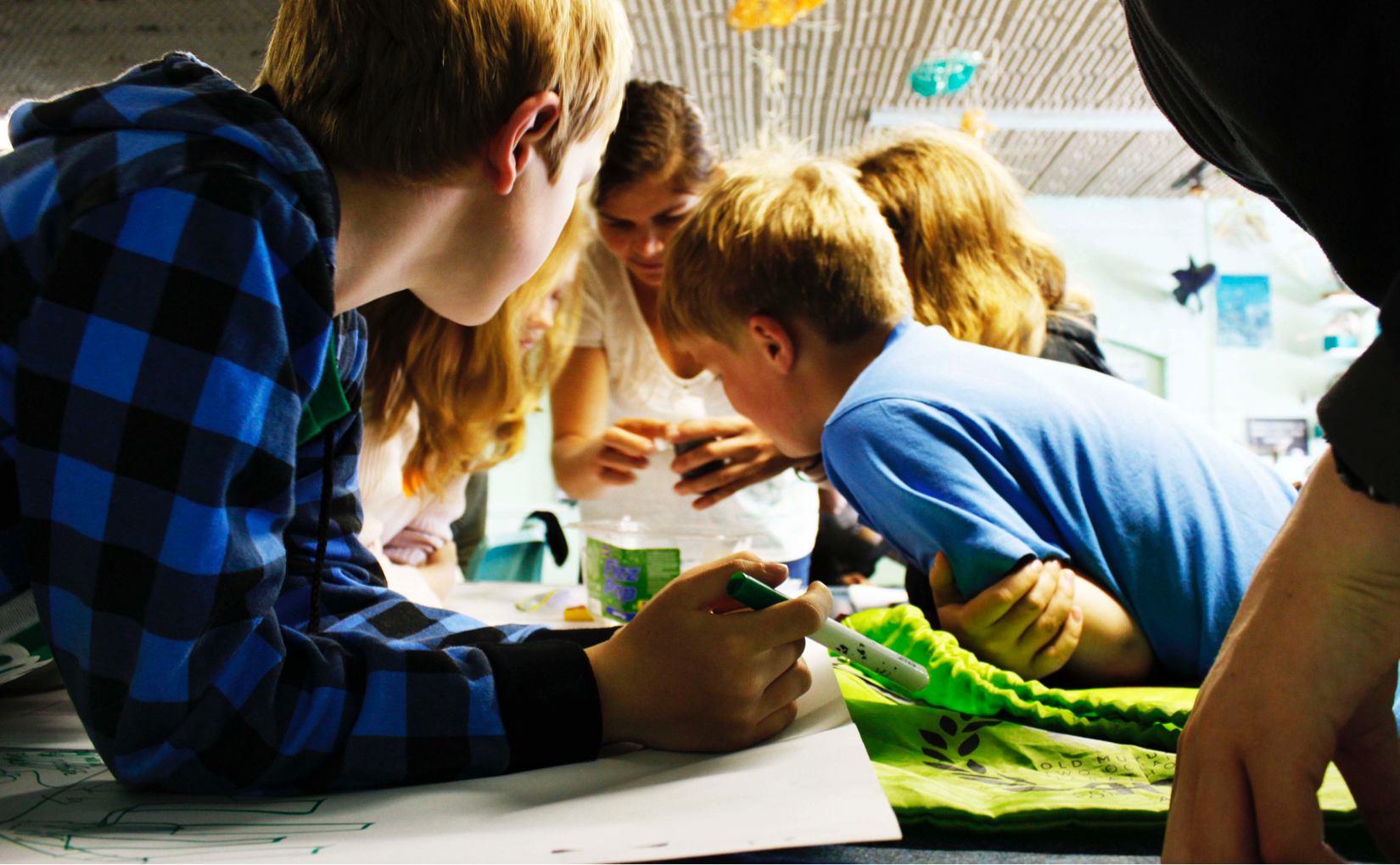
Dear reader,
This is also for you, welcome. Our invitation today is: to celebrate and connect with yourself; to celebrate and connect with others, with life; and, to celebrate and connect with BiomimicrySA.
You are an awe-inspiring and mind-blowing creation of inestimable beauty and complexity. If you need proof of this, perhaps watch
this, or
this.
And, being human is but one of infinite expressions of life, experiencing itself in and through diversity—forms and processes and systems beyond comprehension or count. If you need proof of this, perhaps watch
this, or
these.
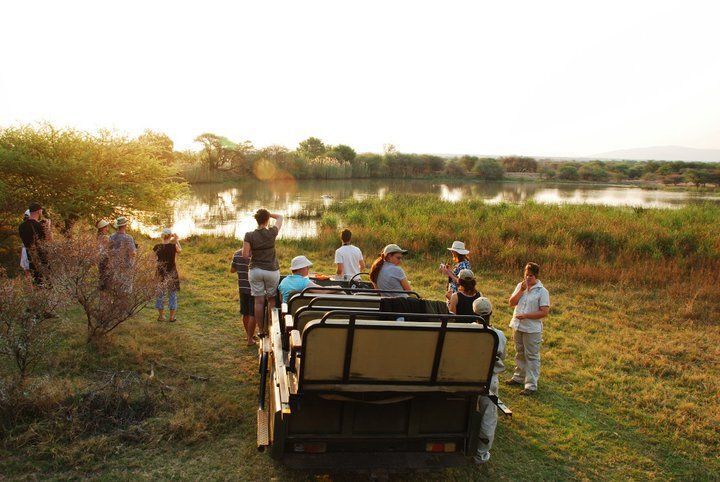
There are at least 15 reasons why you should step away from whatever device you are reading this on right now, and go try to look at the world around you with fresh eyes. Imagine you’ve just been released from a timeless darkness into bright, colourful and dazzling reality, and everything around you is exquisitely new… Take it in.
If our words have fostered even the smallest opening in you today, then the rest of our little story to follow will be blissfully insignificant. More than anything, it matters to us that you feel connected to yourself and to life. Sharing what we do below matters to us, and we would love for it to matter to you, too.
In our previous piece,
One Year On, we expounded on the journey from there to here: from Claire’s passing to the current context and constitution of BiomimicrySA. In this piece we are sharing where we are now: what we are working on and how it’s going.
The Core Team
At the time of writing, there are three of us. The short profiles that follow can also be found on the
Our Team page of BiomimicrySA’s website. Each profile is followed by a brief exposition of a piece of work that each of us has completed, that we are proud of.
Meet Jane
Jane is a Biomimicry Educator and a regenerative development project manager, but first and foremost a lover of life in all of its expressions. Closest to her heart is educating on the Biomimicry Ethos – the integration of living systems thinking and Biomimicry Life’s Principles into products, processes and systems to create conditions conducive to life and a flourishing ecosystem of regenerative living across Southern Africa.
As a member of the BiomimicrySA management team, Jane facilitates workshops, local collaboration, biomimicry experiences and immersions, with a vision to support thriving individuals, collaborative communities, conscious societies and healthy natural ecosystems founded on Biomimicry principles and practices.
Jane has had twenty years of leadership experience and has directed and managed several large projects, spanning database development, systems development, large scale data-center events, as well as creative projects.
Jane's
Educators Programme Project is a playful exploration of how we can return to wholeness, individually and collectively, through the (re)connection and ethos seeds of biomimicry.
And, meet Milan..
Milan is a civil engineer with a passion for bridging the gap between nature and the built environment. After doing research on sustainable urban drainage systems and bio-swales, he found a passion for ecosystem integration which led him to biomimicry.
His interest in sustainable urban design coupled with the love for nature-inspired innovation led him to pursue a masters in Sustainable Energy Efficient Cities from Wits University, where his focus is to shed more light the Living Building Challenge within South Africa, and how hurdles were overcome in getting this radical and revolutionary idea developed on African soil. The Living Building Challenge is a great example of biomimicry in the built environment and Milan hopes to expand the concept throughout the rest of the country. You can access his Masters thesis here.
Milan wishes to live in a world that is in tune with the natural flows of the planet, and he hopes to contribute to that vision by collaborating with various members of the global biomimicry network.
And, meet Stefano..
Stefano is always doing his best to follow Life’s example, in everything that he does. He celebrates that his efforts are successes even when they are failures, because he learns from and through these. Some of Life’s Principles are easier to emulate than others. Biomimicry is a philosophy with which he chooses to explore life, and to question the deepest assumptions of the anthropological project that is humanity’s progress.
His initial academic training was in mechatronic engineering (BEng). Thereafter, he spent half a decade working in mechanical design/engineering (in the deep sea mining, oil and gas industry), and business development and project management (in the solar energy industry).
Thereafter, he began travelling continuously and extensively for another five years (and counting), while undertaking an intuitive yet rigorous, self-directed curriculum comprising online courses, prolific reading, workshops and more. In the process, he encountered a diversity of perspectives and solutions being brought forth in service of life, and experimented with creating a few of his own.
To Stefano, it appears that there are yet too few stories of biomimicry practitioners doing their work, such that only a minority of people have a clear idea about what it means to practice biomimicry. Stefano wants to change this. He perceives that being intentional about the kinds of stories we tell – about ourselves and others, to ourselves and others –is vital to a better world.With this in mind, the project that Stefano undertook, for his biomimicry Practitioner qualification programme, was an inquiry into the nature of identity.
So this is us, the “core team” of BiomimicrySA.
The "Core Collective"
As cheesy as the term “core collective” sounds, it is what emerged organically to describe the collection of wonderful humans who orbit BiomimicrySA. Each person’s orbit has changed over time, moving closer to the centre (originally, Claire) when needed; and, further out to the periphery, when appropriate.
We will start with
Nirmala Nair. Nirmala introduced Claire to the concept and practice of biomimicry. Via unrelated connections, Nirmala became a friend and mentor to Stefano around the same time when he was starting his biomimicry learning journey. Nirmala’s perspective is incisive; her nature is caring and mindful. She is our organisation’s first wise elder.
Gamelihle Sibanda sought Claire out when he first learned about biomimicry. Not too long thereafter, Claire made her signature move of giving Gama an opportunity to throw himself in the deep end of the biomimicry practice pool. Gama went on to qualify as a biomimicry professional, and has been developing his unique flavour of communicating and doing the practice ever since. He has been on BiomimicrySA project teams for multiple successful initiatives over the years. Gama is a fantastic storyteller.
Justin began working with Claire in the early days of growing BiomimicrySA. He took on the role of supporting Claire, first and foremost as a human being who, like all of us, needed to find her emotional balance and meet her existential needs, while trying to do the work she was determined and passionate about. Justin also brought structure to processes within the organisation. In some senses, you could say that Justin acted like Claire’s agent. He also became involved in delivering projects, and did so with rigour and skill.
Next we have our dear friend,
Jessica Berliner. When Jess initially found her passion for biomimicry in 2012, her path was also immediately transformed by Claire’s signature move – "Into the deep end you go!" Before long, Jess was facilitating biomimicry workshops with, and on behalf of, Claire. Together, they dreamed up new ways of sharing biomimicry education. Some readers may be familiar with Jess, given her role as co-founder and co-director of
Learn Biomimicry. Jess and Claire (together with Alistair Daynes, then part of ReWild Africa) co-founded Learn Biomimicry as an independent company, with the goal of making inspiring, high quality biomimicry education easily accessible, on a global scale. Jess, we love your work.
And, we will finish with Rob Janisch, Claire’s brother. What to say about Rob? As we thought about this, the feeling we had was that trying to compose a paragraph about Rob is like trying to cage what should not be caged. Instead let’s leave it to the words of one of his initiatives, Into the Wild, to give the reader a sense of Rob’s magic:
Wonder years spent at a school set on an estate teaming with African critters and beasties of every kind, with big rocks to climb & high waterfalls to jump off, only enhanced my passion for being out there, in the wild… I like to introduce a more holistic side to wilderness travel, where my guests can take something more than just some wild photographs home with them. I like to try re-connect folks with their own human nature - by which I mean literally people's (mostly long lost) connection with nature. Coming from, and being part of nature means we have a much deeper connect with things wild and can learn a whole lot more from it all than perhaps we are doing at the moment.
- Rob Janisch -
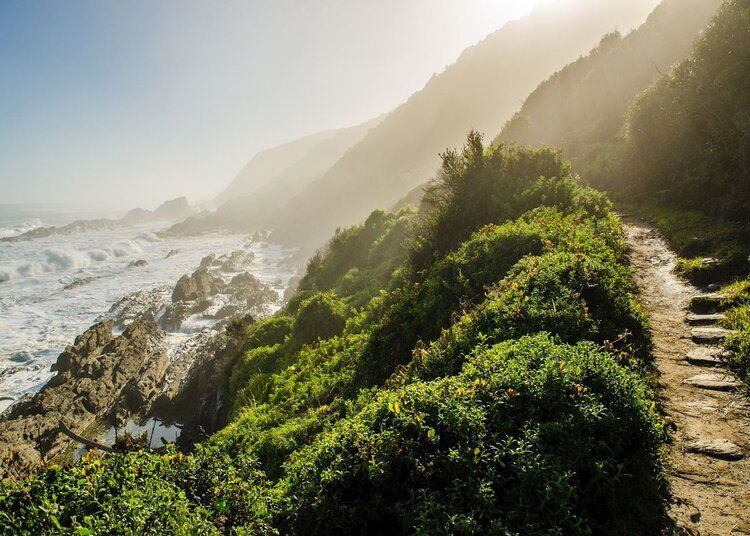
What We’re Working On
Our intentions with our work are to connect, educate and activate. Kahlil Gibran’s oft quoted sentiment, “work is love made visible,” springs to mind here. What connecting, educating and activating look like will become clearer as time passes and we bring our various initiatives to fruition.
For now, there is another way of making sense of our work that we’d like to use, to frame our works in progress:
creating, and
responding.
Our creations are the projects that we have conceived of as a team. These are the initiatives that we are spending our energy and time on, without waiting for direct compensation to support the development processes.
Responding refers to how we work with new inquiries and how we integrate feedback from outside of the organisation. We will have more to say on this thread at a later stage. For now, suffice it to say that we are in fact working on a number of incoming inquiries, and that we will soon be requesting feedback on a particular thread of Our Voice (see below), which will be integrated into a long-term research project that we have created (more on this later).
Before we get on with sharing more about what we are creating, a small caveat regarding narrative-styles: we recognise that there is an important distinction between
telling and
showing. While in the English language one typically says, “tell a story”, it feels more apt to speak in terms of, “show a story”. Telling is less compelling than showing. Showing uses imagery and symbolism to bring the story to life. Telling is usually a less visceral
retelling of a pre-constructed narrative.
This may seem like a philosophical nuance. We maintain that it is important to bear in mind because, “storytelling” (henceforth story-showing) has power, and we want to be cognizant of how we use it. Why this is the case will become clearer in the next section.
- The Prophet (1923) 'On Work'
Creating a Home for BiomimicrySA (and friends)
We have a vision for a home, for ourselves and for our organisation. We envisage that this place will redress the myriad ills of contemporary urbanised existence which, let’s be honest, only seems to be working for a privileged minority.
This vision of a home is not “ours”. Each of us holds a partially complete and partially true portion of a holistic vision which is simply beyond any one person’s capabilities to hold in mind. It is possible to feel the complete vision, but not to know it cognitively alone.
Currently, we are working on refining our shared vision. This is a process of collective sense-making.
We know that we need to go
BIG, to be bold with
Our Home vision. We know that we need to be actively working on it now—we need to assign roles and begin to do what we each do best, to play/work towards it.
We are welcoming in this place, and we aren’t entertaining any limiting assumptions about how and when and where it will begin to emerge materially. Each of us need and want this. We can each feel it in our bones: this other place will be conducive to a thriving way of life, despite the unavoidable challenges to come.
To invite others into this journey, we are currently: authoring the beginnings of a novel-like story; generating a purely visual storyboard as an alternative modality; and, scouting for collaborators and partners who already hold their own portions of this shared story.
Watch this space.
Creating the Biomimicry Africa Tour
BiomimicrySA has been hosting immersions in wild places since the very beginning. The outstanding natural beauty of our southern African lands is a gift. We will continue to explore these places with cohorts of biomimicry-curious participants. We are currently designing and scheduling out immersions spanning at least the coming 18 months. A subset of the planned immersions will be purely about creating time and space for (re)connecting.
Before Claire’s passing, she worked with Jane on clarifying the purpose of BiomimicrySA. One element of the plans that emerged from this work, which has been brought forward, entails what we are calling
Regenerative Living Case Studies. This is about connecting with pioneers in the field of all-things regenerative. We will explore the
contexts and
functions of the initiatives and places created by these individuals, communities and organisations. This is where the immersions will become interwoven with our journey of creating a home for BiomimicrySA and our community: another subset of the planned immersions will focus more on a collective process of learning from these cases of regenerative living.
We will be sharing promotional materials for these events as soon as possible.
Creating Our Voice
We are experimenting with multiple concurrent threads of creative expression, to share our process and keep whomever may be interested in following our journey informed. In one sense, we have no expectations for anyone to be that interested in articles such as this. We certainly wish for engagement, and to foster a community of practice around the three seeds of biomimicry: (re)connect, ethos and emulate.
Our primary objective with sharing as we do, is openness and transparency—should anyone wish to know how we work, as an organisation, they can freely learn this from the writings and podcast-style recordings that we publish.
We have started having full- and new moon conversations, which we record and publish
on our website. Our conversations that coincide with the new moon are in keeping with traditional themes. Here we lean on
ChatGPT to give us a neat summary:
The new moon holds significant symbolic importance in many different hunter-gatherer and first peoples societies around the world. It is often seen as a time of renewal, purification, and new beginnings, and is associated with important cultural practices and beliefs.
For the San people, who are indigenous to southern Africa, the new moon holds significant symbolic importance in marking the beginning of the hunting season.
The San people are known for their hunting and gathering lifestyle, and the new moon is believed to be a time when the animals are easier to track and catch. This is because during the new moon, the night sky is darker and the stars are more visible, making it easier for hunters to navigate and find their prey.
In addition to its practical significance for hunting, the new moon is also important in San culture as a symbol of renewal and new beginnings. It is a time when the San people traditionally perform ceremonies and rituals to connect with their ancestors and seek their guidance and protection for the upcoming hunting season.
For us, “purification” means learning from what has not worked in the previous 28 day cycle, accepting what we cannot change, and moving forward. As for the metaphor of “the hunt” – well, in business terms this is about going after the opportunities we see and that we are most hungry for.
Our conversations that coincide with the full moon are also an attempt to follow traditional meaning-making systems. Around the full moon, we reflect on the work of the preceding 28 days, and celebrate what has worked. If we are together, we will have an indulgent, slow food-style meal together, to simply and informally enjoy each other’s company.
The analogues to these practices, that are pervasive in widely-used business best-practices, are hopefully self-evident to the reader.
A third and final thread of
Our Voice we would like to mention here, which will commence very soon, is an open-source exploration of
Life’s Principles through a year-long series of questions that we will pose to our friends and followers on social media. To begin with, we will simply be using
LinkedIn and
Instagram for this. This is the external reflection of an internal (organisational) exploration of Life’s Principles, which is already underway.
Later, we might begin to share short clips of our nature-based explorations on TikTok.
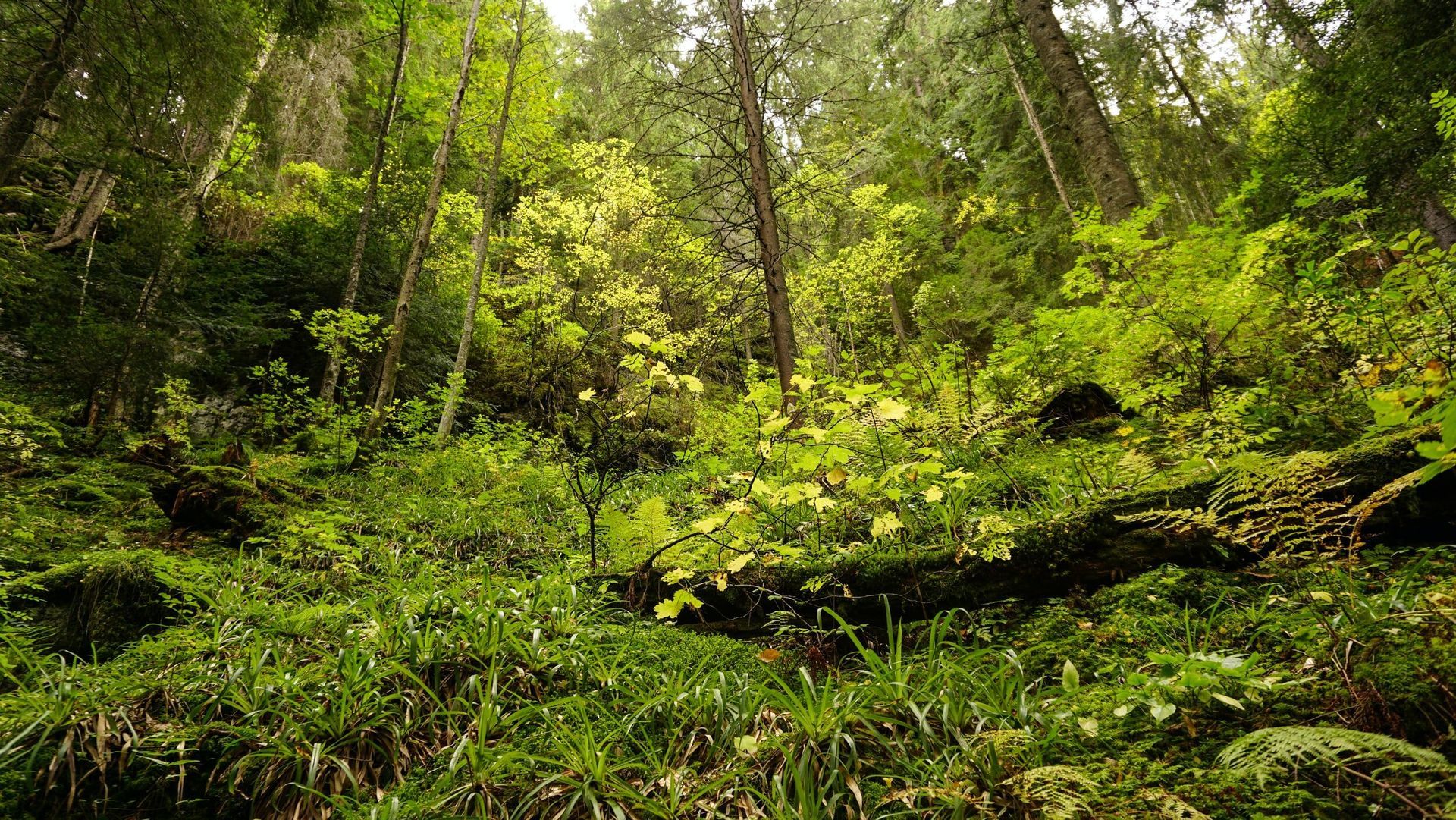
A Final Reminder
There is certainly more that we are working on. What we have mentioned so far represents where our focus is.
Thank you for being here today, and for taking the time to read our ramblings.
As a final reminder of the glorious nature of being, we reproduce Kahlil Gibran’s On Work, in full:
Then a ploughman said, Speak to us of Work.
And he answered, saying
You work that you may keep pace with the earth and the soul of the earth.
For to be idle is to become a stranger unto the seasons, and to step out of life’s procession, that marches in majesty and proud submission towards the infinite.
When you work you are a flute through whose heart the whispering of the hours turns to music.
Which of you would be a reed, dumb and silent, when all else sings together in unison?
Always you have been told that work is a curse and labour a misfortune.
But I say to you that when you work you fulfil a part of earth’s furthest dream, assigned to you when the dream was born,
And in keeping yourself with labour you are in truth loving life,
And to love life through labour is to be intimate with life’s inmost secret.
But if you in your pain call birth an affliction and the support of the flesh a curse written upon your brow, then I answer that naught but the sweat of your brow shall wash away that which is written.
You have been told also that life is darkness, and in your weariness you echo what was said by the weary.
And I say that life is indeed darkness save when there is urge,
And all urge is blind save when there is knowledge,
And all knowledge is vain save when there is work,
And all work is empty save when there is love;
And when you work with love you bind yourself to yourself, and to one another, and to God.
And what is it to work with love?
It is to weave the cloth with threads drawn from your heart, even as if your beloved were to wear that cloth.
It is to build a house with affection, even as if your beloved were to dwell in that house.
It is to sow seeds with tenderness and reap the harvest with joy, even as if your beloved were to eat the fruit.
It is to charge all things you fashion with a breath of your own spirit,
And to know that all the blessed dead are standing about you and watching.
Often have I heard you say, as if speaking in sleep, “He who works in marble, and finds the shape of his own soul in the stone, is nobler than he who ploughs the soil.
And he who seizes the rainbow to lay it on a cloth in the likeness of man, is more than he who makes the sandals for our feet.”
But I say, not in sleep but in the overwakefulness of noontide, that the wind speaks not more sweetly to the giant oaks than to the least of all the blades of grass;
And he alone is great who turns the voice of the wind into a song made sweeter by his own loving.
Work is love made visible.
And if you cannot work with love but only with distaste, it is better that you should leave your work and sit at the gate of the temple and take alms of those who work with joy.
For if you bake bread with indifference, you bake a bitter bread that feeds but half man’s hunger.
And if you grudge the crushing of the grapes, your grudge distils a poison in the wine.
And if you sing though as angels, and love not the singing, you muffle man’s ears to the voices of the day and the voices of the night.
2. This poem is in the public domain.

